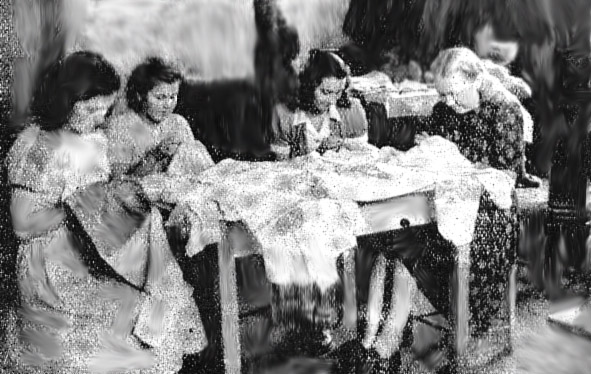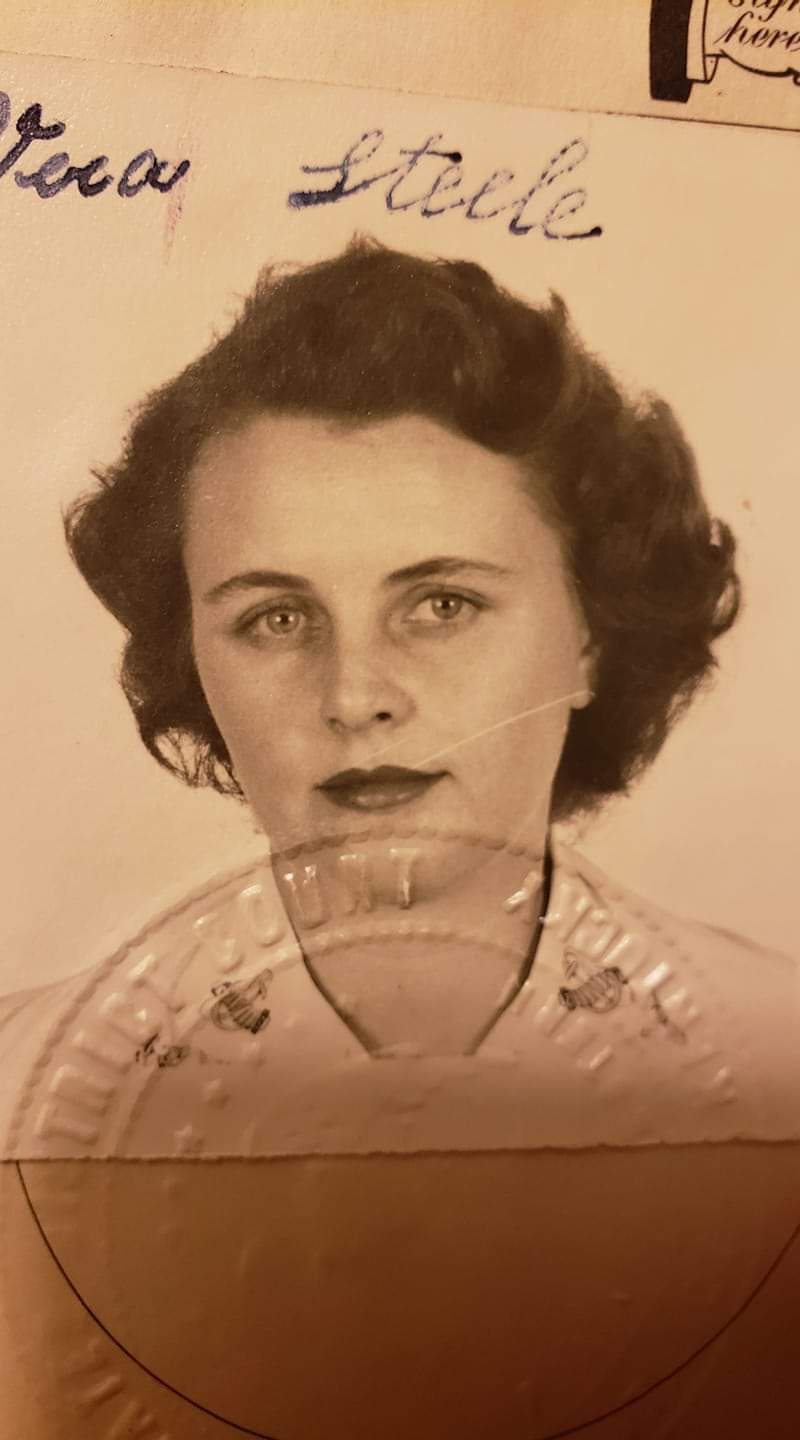Augsburg, Tunnelstraße 4
Augsburg, Wöchnerinnenheim (= homefor woman who has recently given birth)
Hindenburgstraße 59
Hospital “Krankenhaus der Elisabethinerinnen” in Neuburg/Donau
Augsburg - City Album, City
of Augsburg Rathaus (city offices)
Zentrale Telefonvermittlung
(0821) 324-0
Postanschrift
Stadt Augsburg
86143 Augsburg
Bürgerinformation
Rathausplatz 1
86150 Augsburg Lage im Stadtplan
Telefon 0821 324-9411
Telefax 0821 324-9426
E-Mail augsburg(at)augsburg.de
City
archives
Addresse: Stadtarchiv Augsburg
Fuggerstr. 12
D-86150 Augsburg
Tel: (0821) 3 24 38 82
(Gesch&3228;ftsstelle)
Tel: (0821) 3 24 38 83
EMail: stadtarchiv.stadt@augsburg.de
Internet: http://www.stadtarchiv.augsburg.de
MAN Aktiengesellschaft Historisches
Archiv
Heinrich-von-Buz-Str. 28
86153 Augsburg
Phone: (0821) 322-3912
Fax: (0821) 322-3291
E-mail: Gerda_Krug@mra.man.de and Gerlinde_Simon@mra.man.de
Web site: http://www.man.de
State archives: Staatsarchiv
Augsburg
Salomon-Idler-Str. 2
86159 Augsburg
Phone: (0821) 575025
Fax: (0821) 579945
(US zone); Free Ukrainian. Univ.; Lithuanians
Balts feared repatriation to their Stalin-controlled homeland due to 1940-41
year Soviets killed / deported 62,000 Estonians; 34,000 Latvians; 40,000;
Lithuanians (Wyman p.79).
Two daughters refused to leave their aged, blind father after they were accepted
for U.S., not including a blind old man. He hung himself; a letter in his pocket
begged the Almighty and his daughters to forgive him (Wyman, p.203).

Lithuanians take handiworks' courses in DP camp Augsburg-Hochfeld
Photo from Hearken Then Judge by Juozas Pasilaitis, submitted by Frank
Passic
My father, born in Ukraine, was in Somme-Kaserne in Augsburg Germany in 1942 (verified by records held by Australian National Archives). He came to Australia in 1947 as a displaced person. We do not know if any of his family survived the war. Here is a little about Somme-Kaserne. In 1931/35 Hitler left the Somme (the large drilling place which built tanks) and the Arraskaserne (with offices for food supply). When the American soldiers came in, they called the camps Reese and Sheridan barracks, and another, the Flack barracks on the Neusaesser road. A camp for Nazi slave laborers (who did not wish to return to Ukraine which was under Soviet occupation) was established at Gegengen. In fall of 1945, the rapidly growing population at Gegengen was moved to another camp known as Somme Kaserne. Initially operated by the UNRRA, Somme Kaserne was turned over in 1947 to a new agency, IRO, which assisted displaced persons to resettle in other countries. Kindest regards Joanne Kotylak
July 4, 2013 Dear Olga Kaczmar,
Thank you very much for the interesting information on your homepage.
Since some time, we are doing historical research on the Augsburg and the Swabian/Bavarian history concerning National Socialism, End of War, DP and American Life in Augsburg. Especially for the life of the DPs in Augsburg there is not so much information until now. We have a very good publication, latest production form 2012 (I am afraid, only in German): Winfried Nerdinger (Hg.): Bauten erinnern. Augsburg in der NS-Zeit, Berlin 2012.
This book (“buildings commemorate”) deals also with the camps for war prisoners or inforced workers from eastern Europe countries. At the moment, a museum is in preparation, in a former Wehrmacht/US Army Building, which was used 1944-45 as a dependence to Dachau concentration camp. It will reflect the history of national socialism, concentration camps, end of war and the US military presence in Augsburg.
Since about 1990, this Archive (for Schwaben/Suabia, i.e. southwestern part of Bavaria) is located in Augsburg, not in Neuburg any more:
Staatsarchiv Augsburg
Salomon-Idler-Str. 2
D-86159 Augsburg
Tel. 0821/599 63-30
Fax 0821/599 63-333
E-Mail: poststelle@staau.bayern.de
Perhaps you will actualize this for any research purposes?
Kind regards, Tobias Brenner M.A.
Amerika in Augsburg
http://www.uni-augsburg.de
Download PuHu Weekly PuHuWeekly1947z.pdf

Jan 27, 2022
Your website blew me away as I had not seen anything like it before with soooo many resources and not knowing what to do or where to begin. My grandmother, Vera Prozko Steele, is my reason. My heart aches constantly because I was regretfully naive to the horrors she, and others experienced during the war. I say "regretfully" because she has since passed and I/we may never know her true story(s). She was born in September 1924. After the war she married my grandfather and came to the states.
If you have any thoughts, please please please let me know.
Thank you truly,
Shalene sbestes@gmail.com